© ROOT-NATION.com - Use of content is permitted with a backlink.
The company Zalman belongs to a group of component manufacturers that I’ve been aware of for nearly a decade but, as the saying goes, was hesitant to explore. They weren’t pioneers in the field but are considered industry stalwarts, having been in operation since 1991. Iconic models like the Zalman CNPS9500 AT or CNPS20X are etched in my memory. What’s interesting is that the Zalman Reserator 5 Z36 ARGB doesn’t stray far, at least in concept, from its legendary predecessors. Visually, the resemblance is unmistakable—even if you removed the logos and branding, the pump alone would make it clear that it’s a Zalman product.
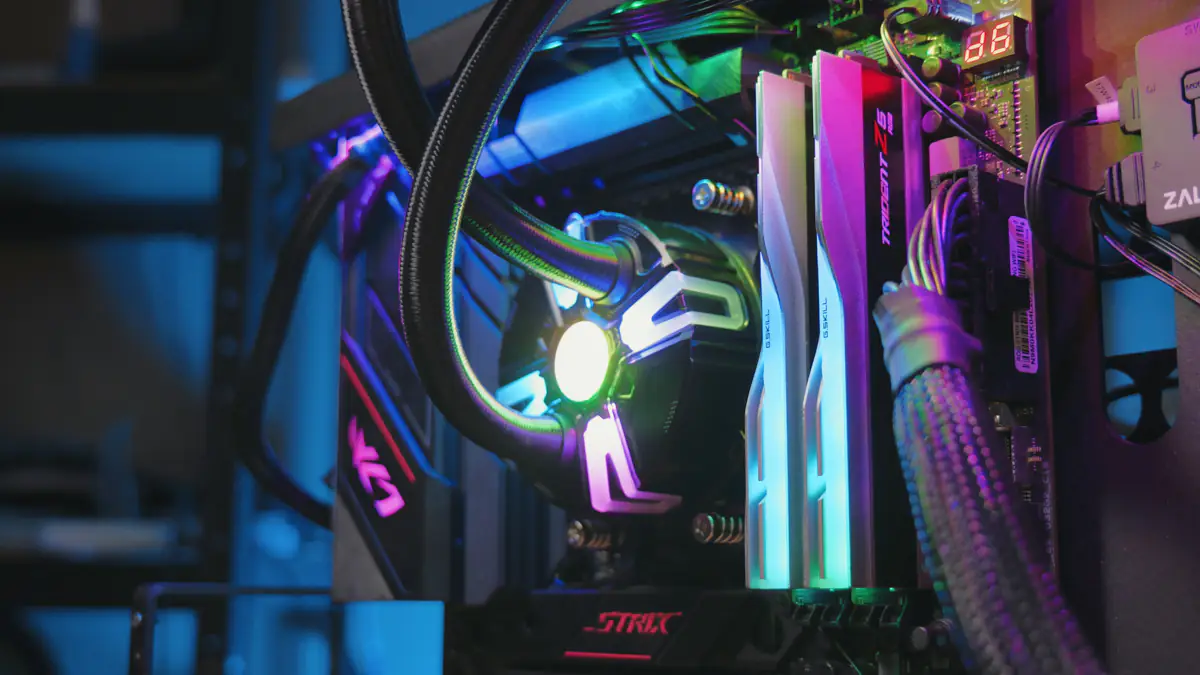
Specifications
- Radiator size: 360 mm
- Pump size: 82×82×40 mm
- Pump rotation speed: 2500 rpm
- Number of fans: 3 pcs.
- Fan diameter: 120 mm
- Fan thickness: 25 mm
- Bearing type: hydrodynamic (Hydro Bearing)
- Minimum speed: 700 rpm
- Maximum speed: 1800 rpm
- Revolutions regulator: (PWM)
- Static pressure: 1.43 mm H2O
- Time between failures: 50 thousand hours
- Noise level: 28 dBa
- Manufacturer’s warranty: 3 years
- Dimensions 397×120×27 mm
Video review of Zalman Reserator 5 Z36 ARGB

Market position
The Zalman Reserator 5 Z36 ARGB in its black variant is priced at approximately $120 or €100. There’s also a version without ARGB fans available for $100. If you’re surprised that a 360 mm liquid cooler costs less than flagship air coolers from brands like be quiet! or Noctua, welcome to the modern industry landscape.
The real surge in the popularity of liquid cooling coincided with the release of 300-watt Core i9 processors. However, as production scaled up and prices dropped, liquid cooling is evolving. With the arrival of the next generation of processors, it’s likely to shift from being a necessity to a nice, quiet, and stylish accessory.
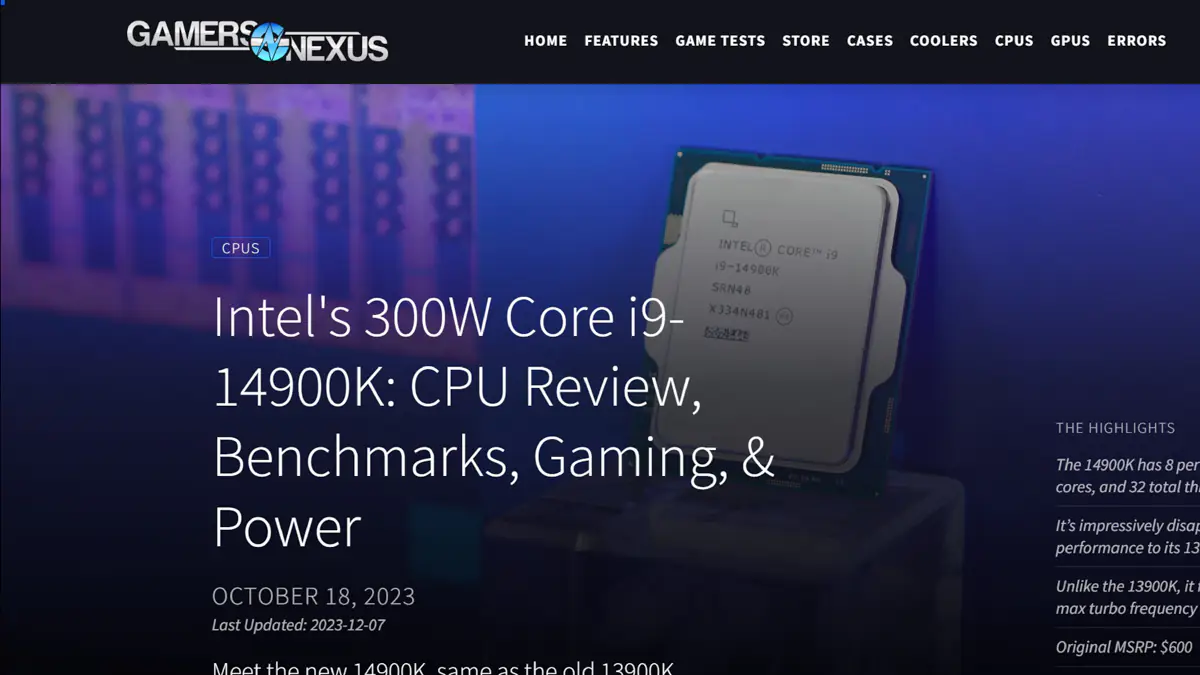
And before we dive in—it’s ReseRATOR, not ReseNATOR. Zalman’s naming conventions can be quirky, but once you’ve memorized them, you’re unlikely to mix them up again. For instance, the term CNPS may sound unusual, but it’s easily searchable and always followed by the specific cooler model. This approach remains relevant even today, despite Zalman adopting more traditional naming schemes. For example, you can still find models like the CNPS 3X, 9X, and 13X available in some markets.
Package contents
The Zalman Reserator 5 Z36 ARGB package includes the radiator and pump, along with a set of mounting brackets compatible with modern sockets such as LGA 1700, 1200, 115X, 2066, 2011-V3, 2011, and AM4. Additionally, it comes with a user manual, warranty, a SATA-powered hub for up to four fans, a pump power cable, and an ARGB splitter with four connections.
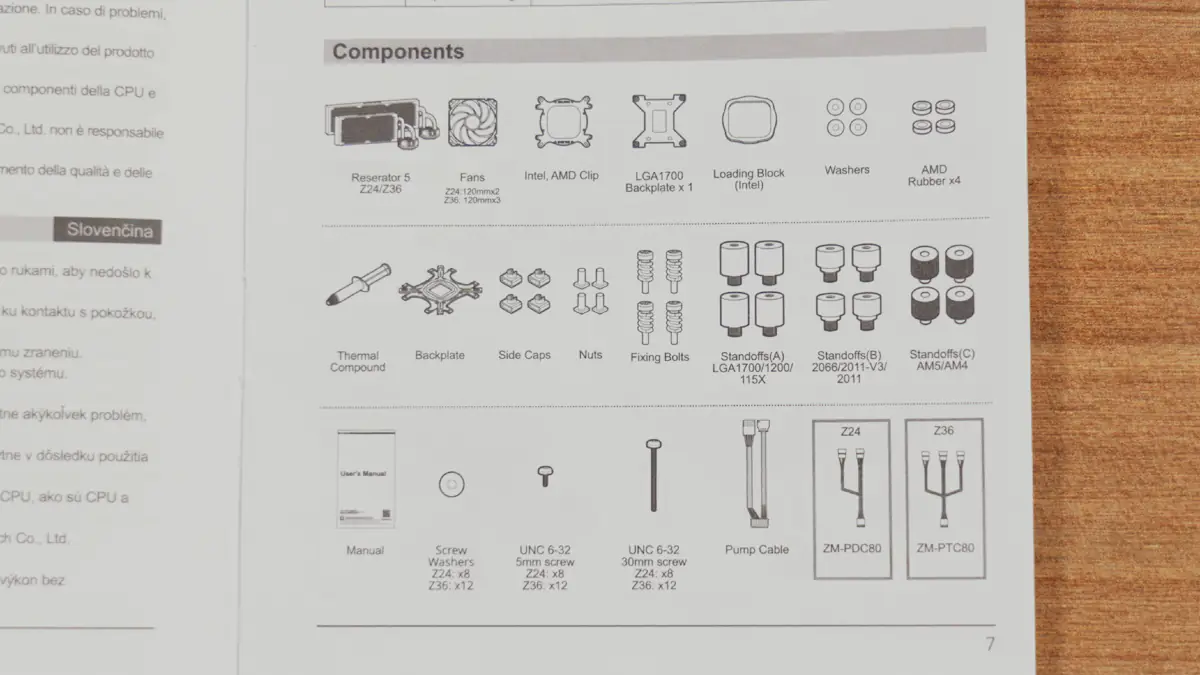
Separately, in a small box, you’ll find a universal mounting bracket for AM5. It’s designed to fit all Reserator 5 models, including the Z24 and Z36, whether ARGB or standard versions. Also included, packaged separately, is a tube of Zalman ZM-STC8 thermal paste.
Appearance
Visually, the Reserator 5 Z36 looks identical to the non-ARGB version of the same model. This similarity isn’t just about aesthetics—until the fans are attached to the radiator, both systems are identical in terms of dimensions and overall design.
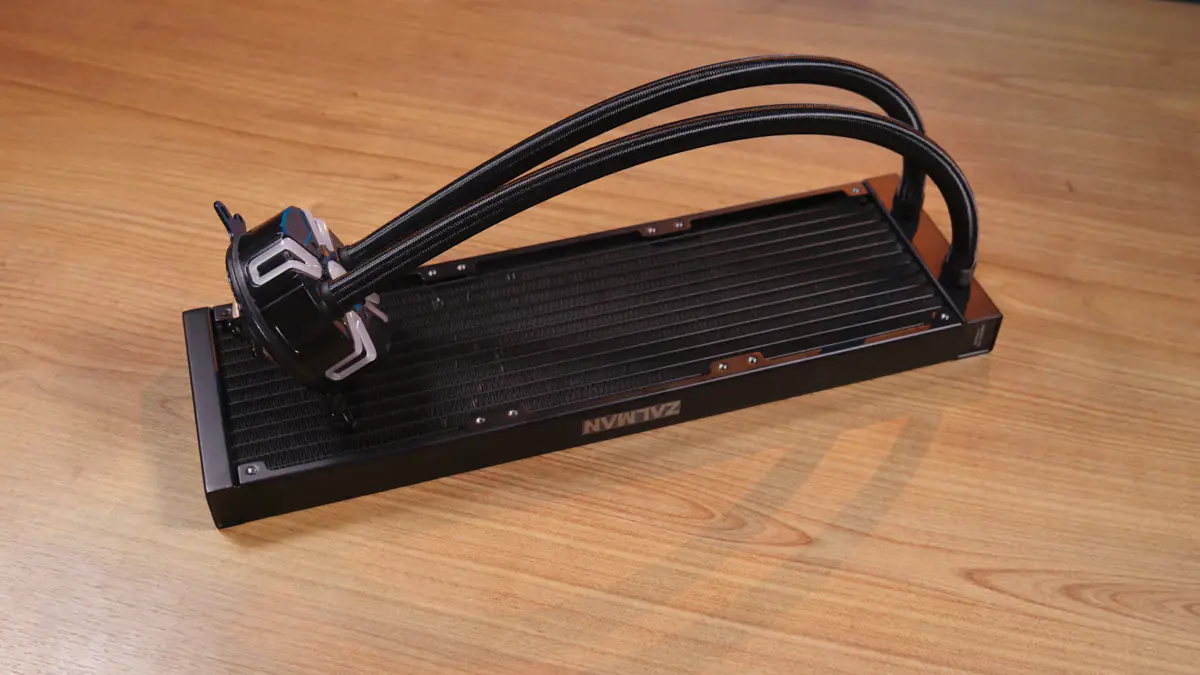
However, there are some changes! Notably, the pump in the ARGB model operates at speeds ranging from 1000 to 2500 RPM, whereas the non-ARGB version had a maximum speed of 2100 RPM.
Fans
Additionally, the change in fans should not be underestimated.
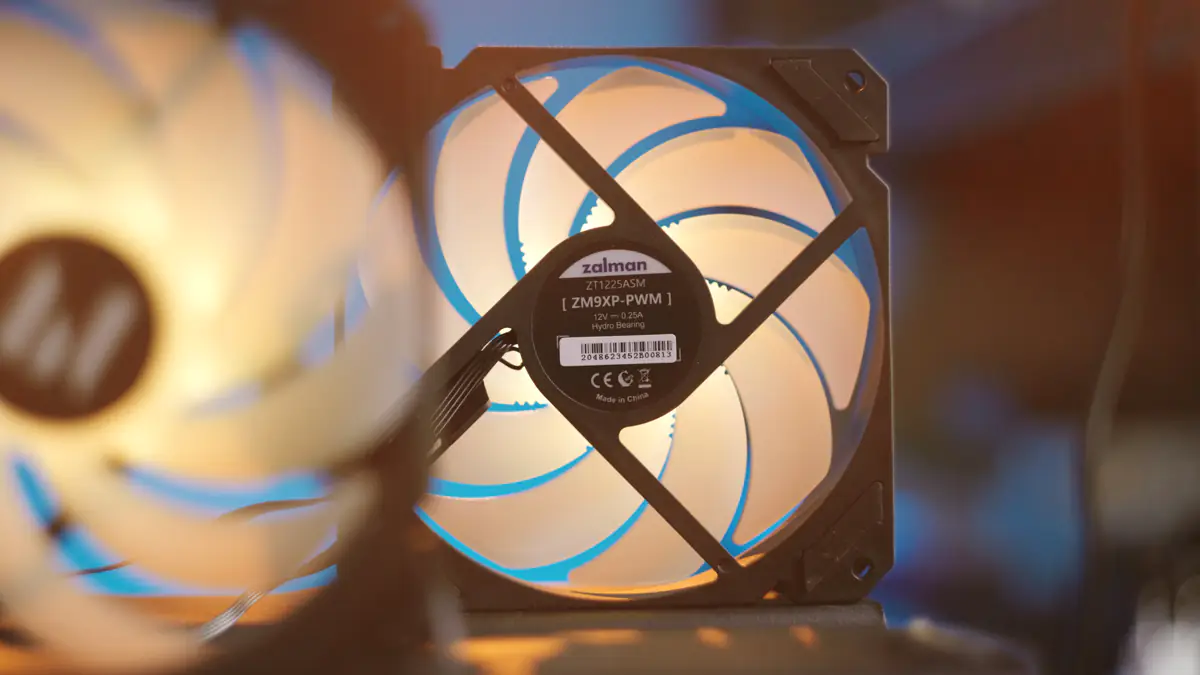
The ZM9XP-PWM fans offer half the air pressure—1.43 mm compared to 2.92 mm—and lower speeds, ranging from 700 to 1800 RPM versus 800 to 2000 RPM. This means they will struggle more to push air through the narrow radiator, which could impact temperatures. However, these fans are of higher quality, featuring a hydrodynamic bearing instead of the EBR (Enhanced Bearing by Rolling), and they are notably quieter, with a noise level of 28 dBA compared to 37 dBA. Considering the nonlinear perception of sound, this difference will be significant.
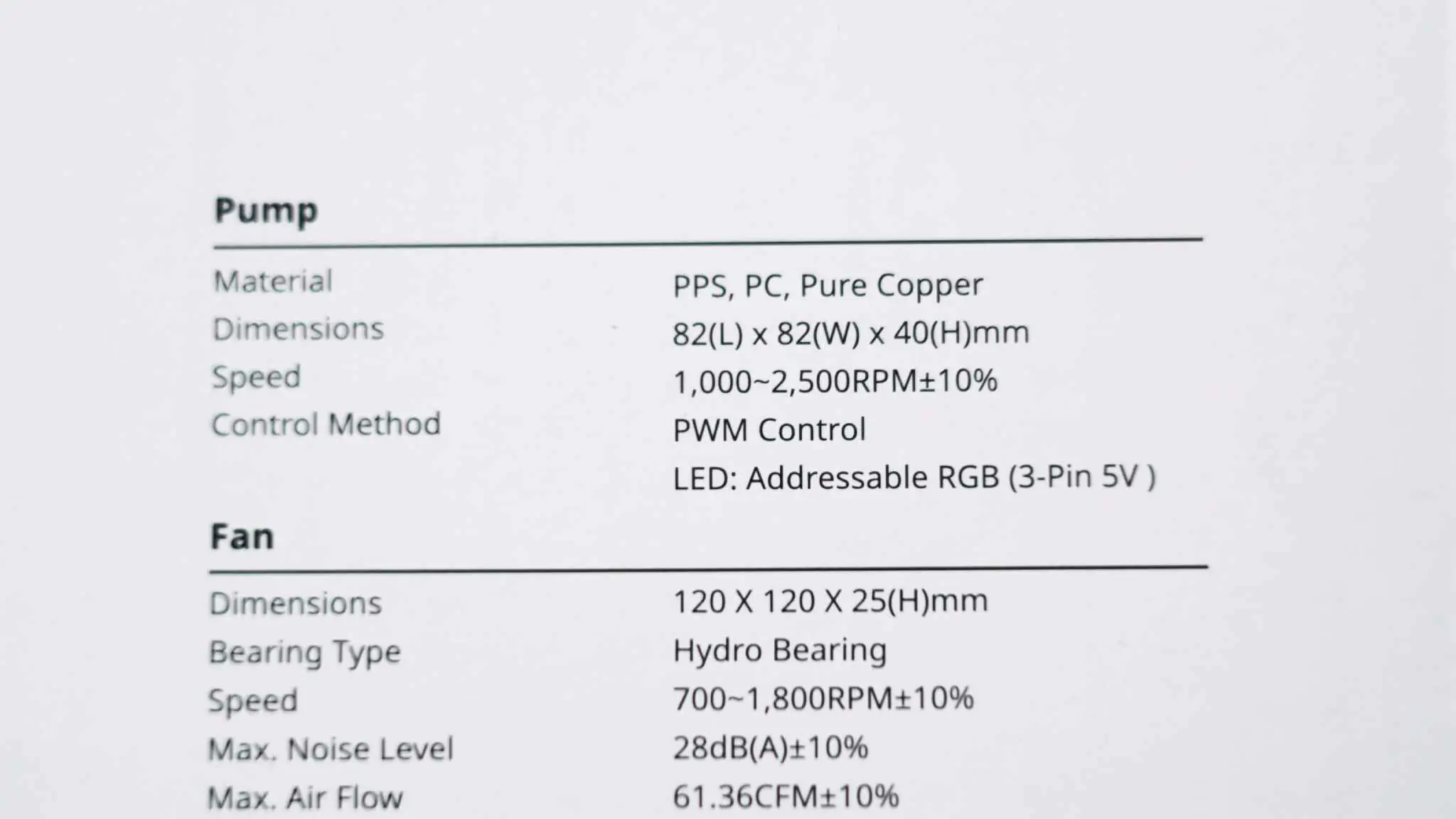
Both fans have two cables: a 4-pin for power and an ARGB cable for lighting. The pump also features an unusual elongated connector. This is one of two drawbacks I noticed during the use of the Reserator 5.
Drawbacks
The connector has a poor grip on the cable, and the plug itself is difficult to insert fully, especially if you try to do so after the pump has been installed.
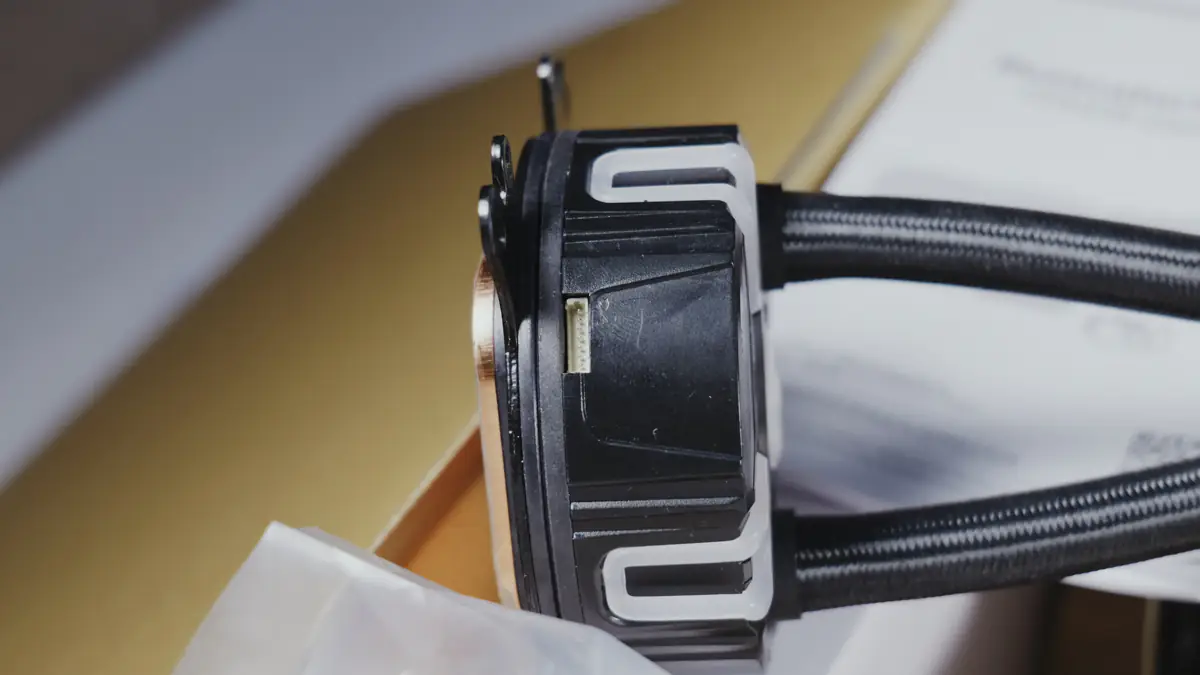
It’s also very easy to accidentally pull the cable out of the pump. Since it powers both the pump and the lighting, this becomes a problem. The solution? Solder the cable permanently. It’s both cheaper and more reliable.
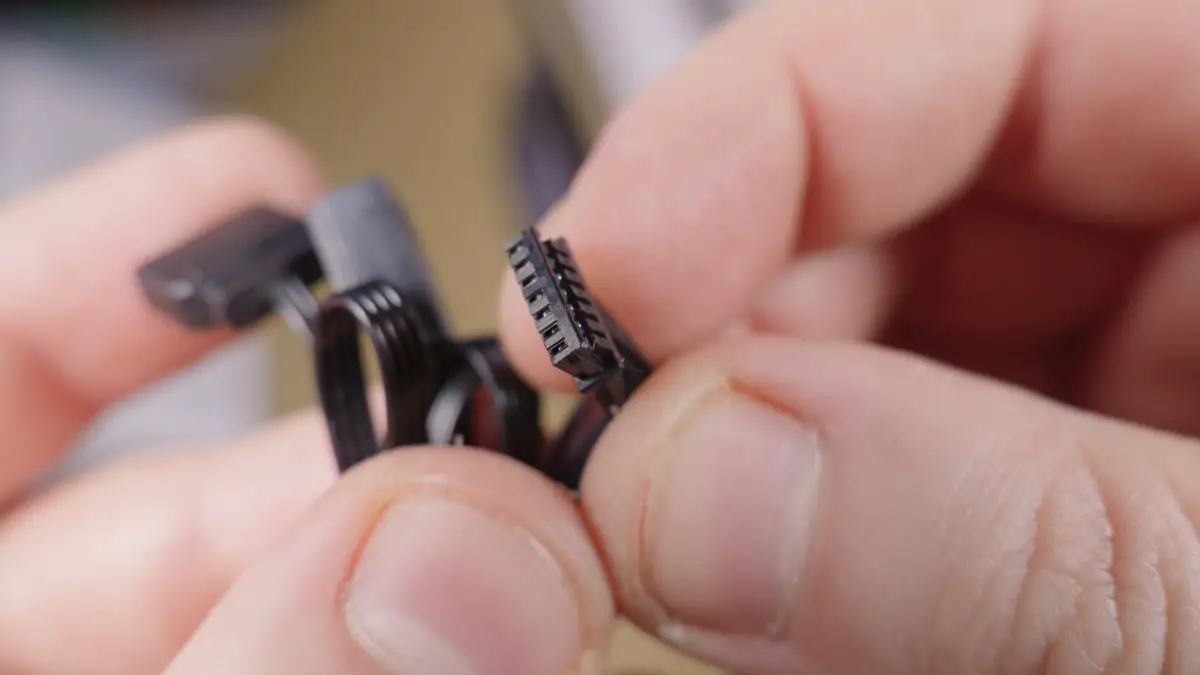
I also noticed a detail during installation, specifically on AM5. Many previous liquid cooling systems I’ve reviewed included asymmetric, double-sided screws that, once screwed in, would stick upward. The mounting ears around the pump would then slide over these screws, allowing the pump to be securely positioned and preventing it from sliding left or right. This made it easier to tighten one screw after another without issue.
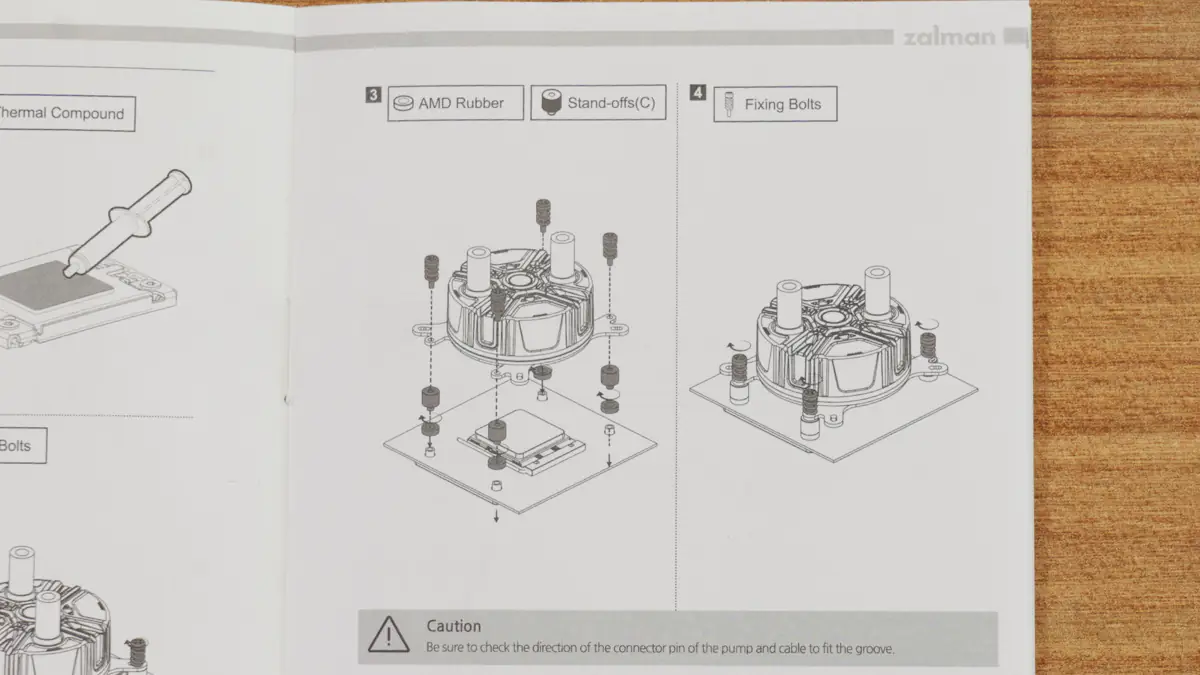
The Reserator doesn’t have this feature. Instead, the screws pass through the mounting ears and are screwed in manually from top to bottom. This means you have to hold the pump in the correct position while the two tubes pull it sideways, and with your free hand, you need to screw in the bolts, then tighten them with a screwdriver. I don’t see any advantages to this method, but fortunately, it’s a one-time task.
Testing
The test bench remains unchanged for now. It features an AMD Ryzen 5 7600 processor on an ASUS ROG Strix B650E-E Gaming Wi-Fi motherboard, with 32 GB of G.Skill Trident Z5 6000 MHz RAM (2×16 GB). I’d like to thank the ArtLine store for the processor and RAM, with a link in the description. The power supply is a be quiet! Straight Power 12 1200W, storage includes Transcend MTE220S 2TB and Kingston NV3 2TB SSDs, the graphics card is an ASUS Dual EVO RTX 4060, and the case is the Gorilla Custom X, made in Ukraine.
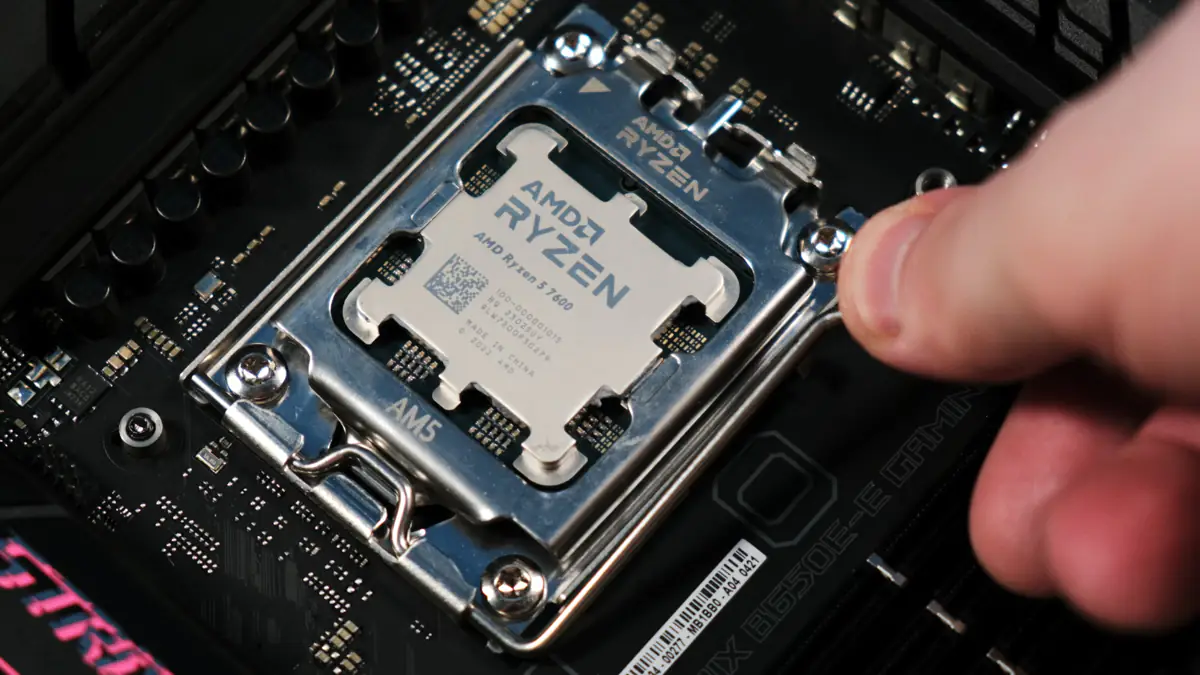
The processor was artificially overclocked to 5300 MHz across all cores with a voltage of 1.3V, which increased the CPU’s power consumption to 100W. At a background temperature of 21°C, during the AIDA64 stress test for all CPU components, with the frequency locked at 5300 MHz across all cores, the peak temperature before the pump and fans ramped up to maximum speeds reached 100°C on the CCD sensor and 92°C on the overall package.
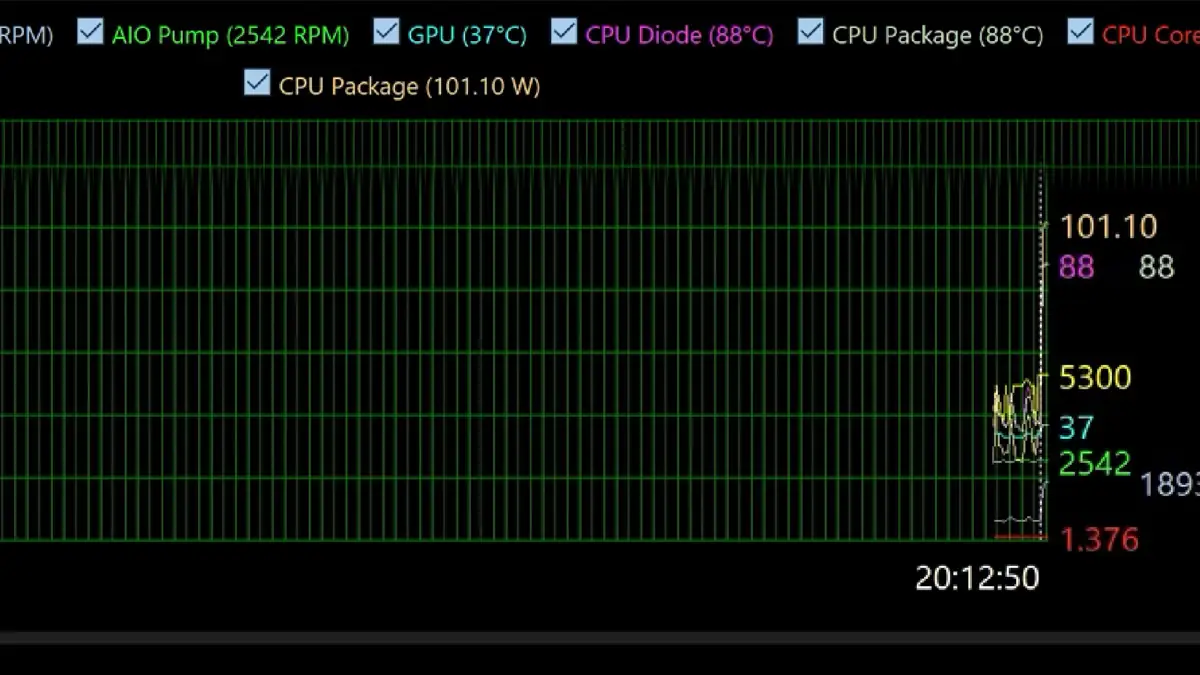
After the fans ramped up to 1800 RPM and the pump reached 2550 RPM, temperatures dropped to 88°C on the package and 74°C on the CCD. As for noise levels, you can judge for yourself—I’ve provided an example. Personally, I found the noise more than acceptable.
Conclusions
Despite some design choices that could be improved, the Zalman Reserator 5 Z36 ARGB is an excellent cooling system. It’s effective, visually appealing, quiet, and reasonably priced. Did my first experience with this legendary brand live up to expectations? Yes, more than I anticipated. I would gladly review the next models in its lineup.
P.S. As of the time of this review’s publication, the Reserator 5 may no longer be available for sale. In that case, you can use the similar Alpha2.
Read also:
- Upgraded My Laptop for S.T.A.L.K.E.R. 2! ft. GOODRAM
- ASUS TUF Gaming X870-Plus Wi-Fi Motherboard Review
- ID-Cooling DX360 Max Liquid Cooling System Review

